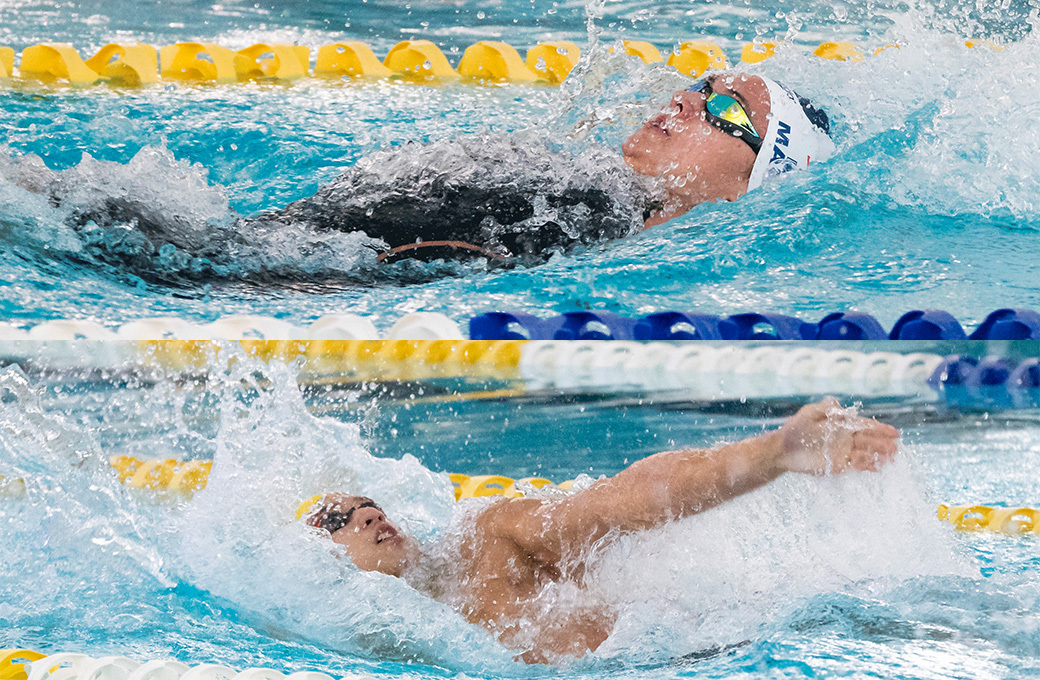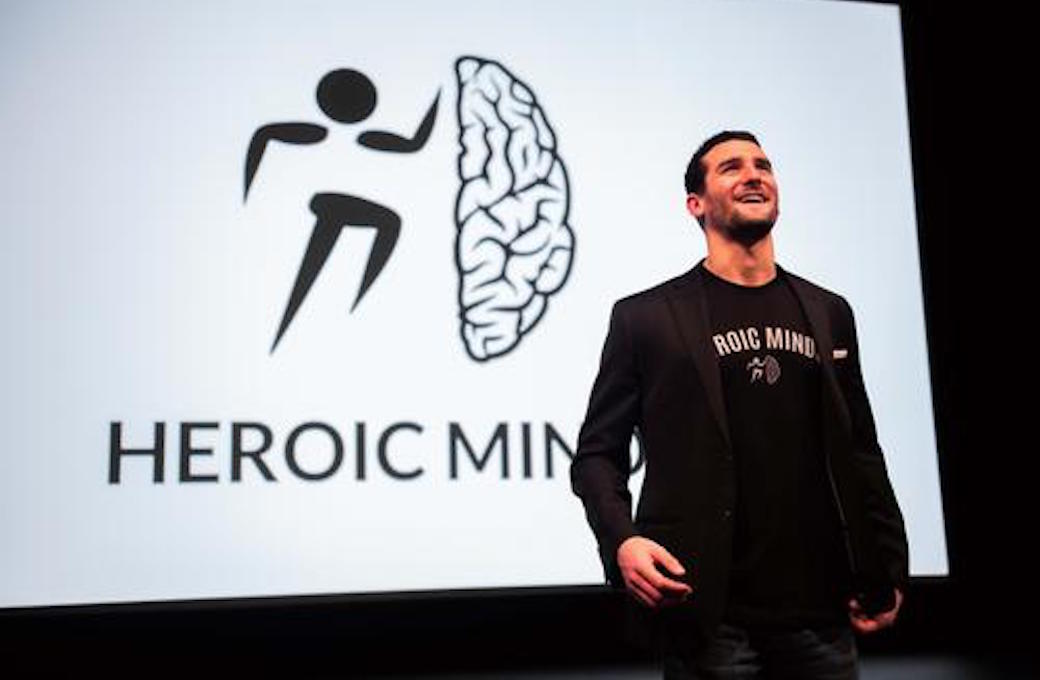Corporate
Athletes of the Week : UBC’s Thormeyer, Toronto’s Masse honoured


Charlie Pinkerton

It’s been almost a decade since Ben Fanelli’s life was forever-altered because of a severe head injury.
Fanelli was in just his seventh OHL game with the Kitchener Rangers, who he joined as a 16-year-old, when he picked up the puck and circled behind his own net. He was met by a hard body-check, his head colliding with a metal stanchion between the glass and he was knocked unconscious.
The resulting head injury included multiple skull fractures and a severe concussion. When he regained consciousness in the hospital afterwards, Fanelli remembers being told by a doctor that he would likely never play sports again and that his life in its entirety could be changed forever. He would overcome those odds by recovering in part through triathlon training before eventually returning to the OHL for three years.
Ten years later, Fanelli, now the associate coach with the Waterloo Warriors men’s hockey team, uses his platform with the team and the EMPWR Foundation to advocate for better awareness about concussions to advance treatment for the injury.
Now in his third year as a coach with Waterloo, Fanelli says he’s impressed with how knowledgeable and conscious his players are about concussions.
The fact that we can see things on social media and stories are out in out open, I think the culture is changing.
Fanelli
“We have guys that are quite aware about taking time off if they don’t feel right and how to go through the proper process to get back, which is great as well,” says Fanelli, who hosts the Heroic Minds Podcast, a show that examines the latest research on how the brain is affected by injury, sleep, and nutrition among other topics. The show also looks at how this research explains we can recover, maintain or enhance our neurological health.
Fanelli explains that he’s also seen a general culture shift in sports society about concussions, comparing from when he is on-ice rather than on the bench.
“I think that side that used to raise the risk is pushing itself out,” Fanelli says. “I think players realize if I hit someone, I can see what could happen to that person and I think people are really more educated (now). And, the fact that we can see things on social media and stories are out in out open, I think the culture is changing.”
Eric Lindros’ NHL career was similarly impacted by a concussion. At 27 years old – just a few years older than most graduating U SPORTS student-athletes – his career with the Philadelphia Flyers was brought to an end when he was blindsided in Game 7 of the 2000 Eastern Conference Final. In February, Lindros told a Federal Government Committee that is studying concussions that he never felt the same after the hit. In his post-playing years, Lindros has dedicated much of his time to working towards advancing government and organizational policies around head injuries.
Lindros, a London, Ont., native, received an honourary degree from Western University last year in recognition for his support of concussion-related research.
At the House of Commons’ subcommittee on sports-related concussions meeting that he attended in February, Lindros suggested that the Federal Government create a nation-wide equivalent to Rowan’s Law. The law, which was adopted last year in Ontario, lays out the standards for removing and returning athletes to sport when they suffer a concussion.
Many U SPORTS member schools have adapted their own guidelines for dealing with athletes’ concussions. Dr. Carla Edwards is the chair of the U SPORTS subcommittee on concussions, which is part of a larger body that oversees issues of sports medicine. It’s made up of physicians, research scientists and athletic therapists. The committee was created to establish standardized educational tools that can be applied across Canadian universities about how to assess, manage and care for athletes who suffer concussions.
“Essentially our position was to look at what’s out there and to guide our membership to have solid, evidence-based policies in place,” Edwards says.
Edwards hopes to develop a package that resembles what the Canadian Centre for Ethics in Sport provides on the topic of anti-doping, to provide to schools. While the committee is still developing the tools, its goal is to provide an initial package to its member-schools by the start of the next school year.
The package will include information relating to concussion symptoms and treatments.
(Symptoms) can be broken up into three main domains. One would be physical…you could look at neurological…then you could also get mental health symptoms.
Dr. Edwards
According to Dr. Edwards, the various symptoms could include:
Symptoms aren’t always immediate and can kick in sometimes as late as a week after someone suffers a concussion.
“The important thing to know is that there’s not one treatment for concussions. Our understanding of concussions is evolving over time,” Edwards says. “Ten years ago you would be told to sit in a dark room and not to look at screens, while now we know that the first 24 hours are important for assessment.
“From there, it’s a multi-disciplinary approach so it’s not just physician involvement that’s important, but physiotherapy and chiropractors and massage therapists, mental health specialists, vestibular specialists and vision therapists – there are so many people that need to be involved in the assessment and treatment of concussions themselves.”
Listen to the Heroic Minds Podcast here.
 Charlie is a journalist based in Ottawa. An inaugural member of the U SPORTS Correspondent Program, he currently works covering federal politics for iPolitics. He is also the editor of the Ottawa Sportspage. He has past experience writing about athletics for several Postmedia publications. Charlie is a graduate of Carleton University, though he still identifies as a Raven.
Charlie is a journalist based in Ottawa. An inaugural member of the U SPORTS Correspondent Program, he currently works covering federal politics for iPolitics. He is also the editor of the Ottawa Sportspage. He has past experience writing about athletics for several Postmedia publications. Charlie is a graduate of Carleton University, though he still identifies as a Raven.
Corporate
U SPORTS Staff
